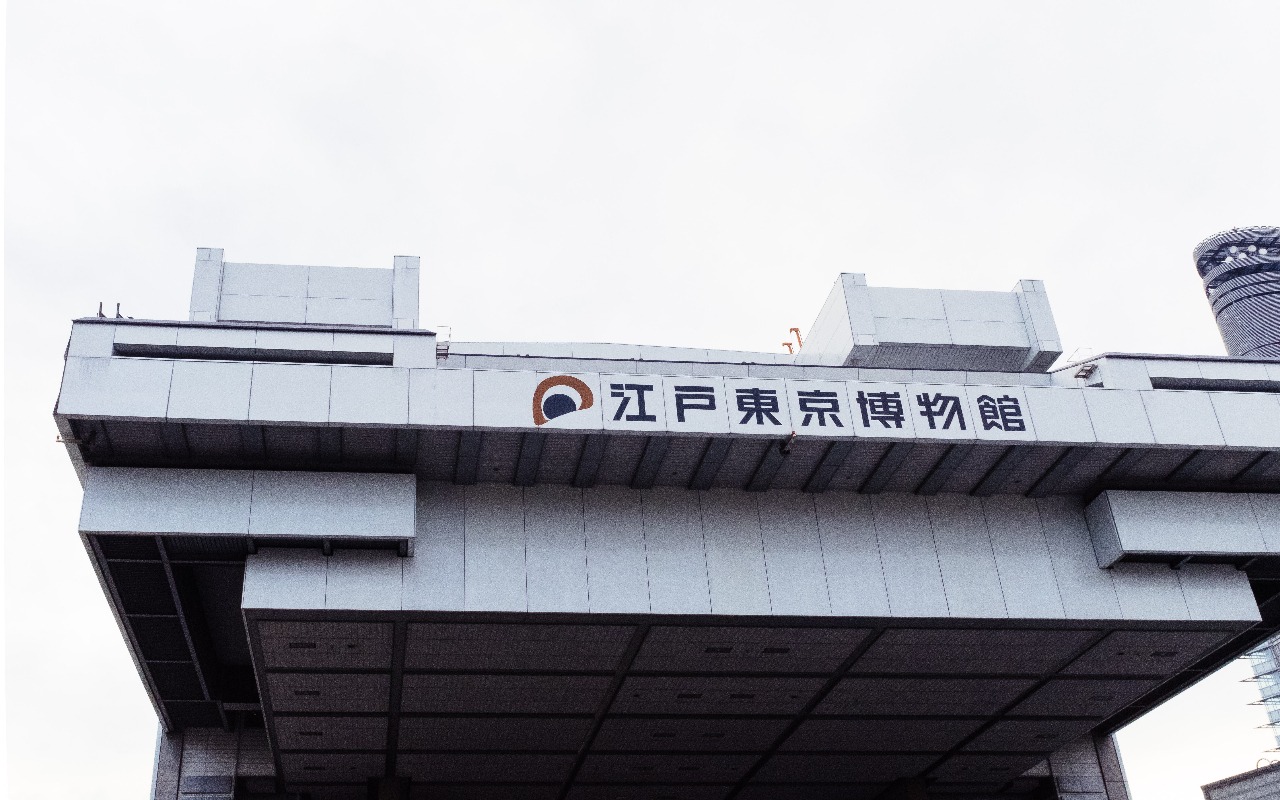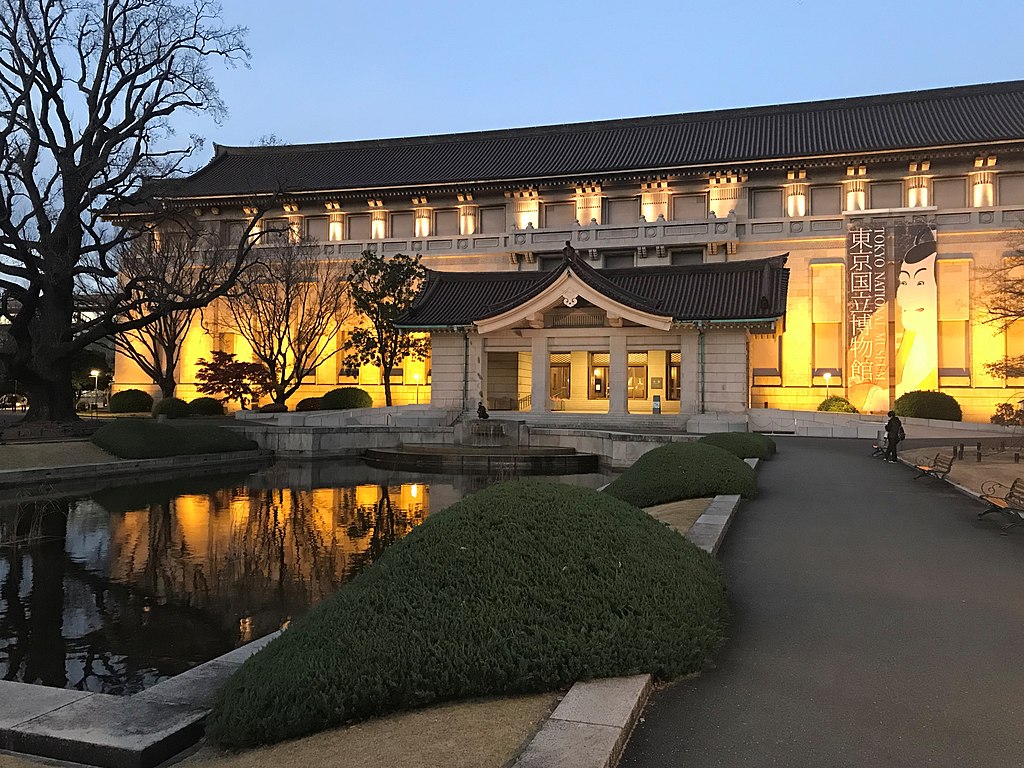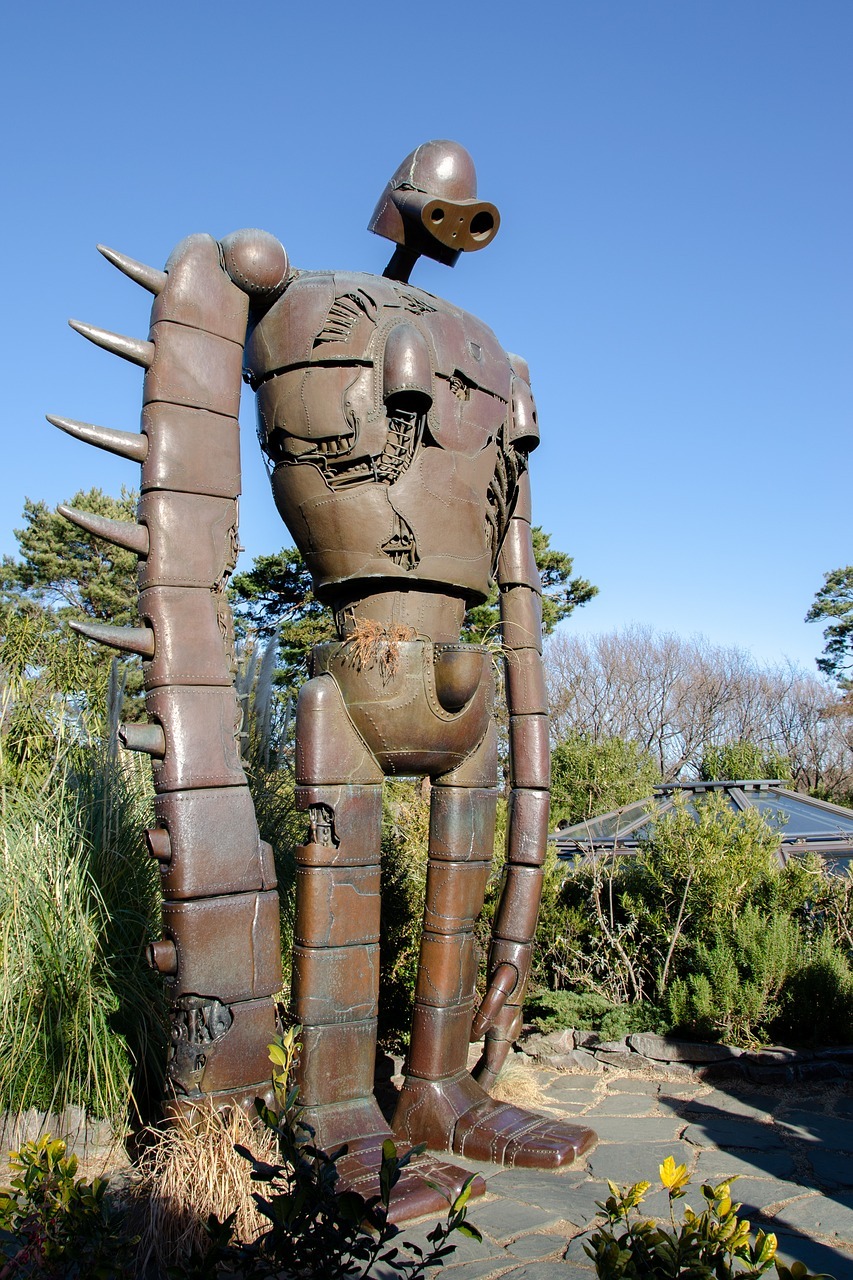
The Tokyo Metro Museum (地下鉄博物館, chikatetsu hakubutsukan) is a museum that will delight all Japanese train enthusiasts. The museum is owned by Tokyo Metro and is located in the Kasai district in the east of the city.
It is known for its historical cars as well as for its dioramas, simulators and collections of objects. As if that wasn’t enough, there are many explanations about the construction of the subway, technical and safety aspects, etc.
Of course, since it belongs to Tokyo Metro, the museum does not mention the lines operated by Toei, which are also part of the current Tokyo Metro network. However, this does not mean that you will not know the underground in depth. Because the first lines built were those of the Tokyo Metro, and it is also the largest network.
What is a visit to the museum like?
You enter the museum as if you were in a subway station, buying your ticket at a machine like those in the stations.
In the entrance hall, you will see a small exhibition of model cars of the different lines of the Tokyo subway. You will then enter the museum itself, where you will learn about the history of the Tokyo subway and its expansion.
The first thing you will notice in this first area is the presence of 2 historical cars and a reproduction of Ueno station in the early 20th century.
History of the subway
In January 1863, London made history by inaugurating the world’s first subway line, a new means of urban transportation. Many cities soon followed suit and developed, as did the Japanese capital.
In 1914, businessman Noritsugu Hayakawa traveled to London to learn more about the rail and port systems in Europe and the United States. Greatly impressed by the level of development of London’s underground system, Hayakawa realized that a good underground system was essential for the future development of Tokyo. To this end, he studied and researched intensively the subways in Europe and the United States.
Two years later, he returned to Tokyo, where he studied the terrain and groundwater, as well as the volume of traffic at the intersections of Ueno, Ginza and other central points of the city.
Despite the emergence of a strong opposition movement and also strong competition, Hayakawa managed to raise enough funds to establish the Tokyo Underground Railway Company. And on December 30, 1927, the first subway line in Tokyo connecting Ueno and Asakusa stations (2.2 km) was inaugurated, thus realizing his dream.
After this inauguration, the construction of the subway was interrupted for more than 20 years, until it resumed in 1951. On January 20, 1954, the Marunouchi line between Ikebukuro and Ochanomizu was inaugurated and the subway was quickly extended to the whole city.
At that time, trains ran every three minutes and were quickly crowded with passengers. In fact, by early morning, Ueno Station was already so crowded that passengers had to queue up from the turnstiles of the station along Hirokoji Street and in front of Ueno Park.
It is said that normally each passenger had to wait at least one hour before boarding the train (which can even be seen on the advertising posters of that time).
Video
2 historical cars
In this first section of the museum, dedicated to history, you can admire the original model of a 1000 series car from 1927 and, next to it, a 300 series car of the Marunouchi line from 1954.
The 1000 series car is the first car used on the first subway line in Japan. In order to maintain a high level of safety, this first subway car already had innovative technologies and designs, such as the third rail system for electricity, a steel body to resist fire, an automatic braking system to avoid rear-end collisions, and an automatic door opening and closing system.
This first subway car was in service for 40 years until it was transferred to the museum in 1986. And it was declared a cultural property of national significance in September 2017. Today, on the Ginza line of the Tokyo subway, you can see a modern version of this 1000 series running. Although in this case, these new trains have all the modern comforts, but with the paint scheme of the classic series.
You are not allowed to enter this 1000 series car, but you can see inside several mannequins dressed in period costumes that take you back to Japan in the early 20th century. The 1000 series car is also housed in a replica of the early 20th century Ueno Station. You will see the advertisements of that time and some historical objects on display.
Through the 1000 series model, you can learn more about the third rail system. There are two power systems: one is the third rail system and the other is the catenary system.
On the Marunouchi and Ginza lines of Tokyo subway, the third rail system is used. In the museum, you can see a third rail which was used for 66 years, until September 1993. This system is based on an extra rail installed next to the rails. If you look closely, you will also see the brake shoes that are attached to the train bogies for electricity.
The third rail on display in the museum provided 600 volts directly to the trains. It was built in 1926 by an American company. Each rail weighed 45 kg per meter and was made primarily of iron, plus coal, manganese, phosphorus, silicon and sulfur to increase electrical conductivity.
When the first metro line was built, this system was probably chosen because it made it easier to build smaller tunnels without adding an overhead line for power. This meant, as in London, that the cost of construction was significantly reduced.
Next to the 1000 series car is a 300 series car from TRTA (one of the predecessor companies of the Tokyo subway) that ran from 1954 between Ikebukuro and Ochanomizu stations on the Marunouchi line.
It is remarkable for its original design: a white belt with silver borders on an entirely red car, an innovative design at a time when a more serious design was the norm. In fact, there are now modern cars in the Marunouchi line that bring the red and white design back to the Marunouchi line.
The car was designed in the style of the New York subway at the time and was built in Japan after paying for the patent of the engine, braking systems and other equipment.
It was a car that gave excellent results in terms of acceleration, braking, passenger comfort and soundproofing and became a pioneer in the modernization of rail vehicles. It was transferred here from the Nakano depot in 2002. If you live in Argentina, you may be familiar with it, as these cars were later sold to the Buenos Aires Metro and ran on the B line.
In this case, you can enter the car, sit in one of the seats or see what the driver’s area looked like and details such as the bulbs that signaled the opening and closing of the doors.
In this historical review area, there are several interesting exhibits. For example, there is a timeline of the history of subway development from the birth of Japan’s first subway line to the establishment of the transportation authority in 1941, old photos from the Taisho period (1912-1926) and merchandise from the Showa period (1926-1989).
Examples include a fukusa cloth package commemorating the opening or a small booklet entitled “Example of Construction Work. This book was distributed by Tokyo Metro whenever a new line or section was opened and included photos of the construction process and maps of the opened section.
How to get to the Tokyo Metro Museum
The museum is open from 10:00 am to 5:00 pm (last entry at 4:30 pm) and closed on Mondays. You can check the opening and closing times on the official website of Tokyo Subway Museum. The entrance fee is 210 yen. Except for the temporary exhibition, the museum has a lot of information in English.
The museum is located in Kasai district, so the best way to get there is to take the Tozai subway line from Otemachi station (connected to Tokyo station) to Kasai station. It is important to take a regular train, as express trains do not stop at Kasai Station.
Japan, 〒134-0084 Tokyo, Edogawa City, Higashikasai, 6 Chome-3-1 葛西駅高架下



